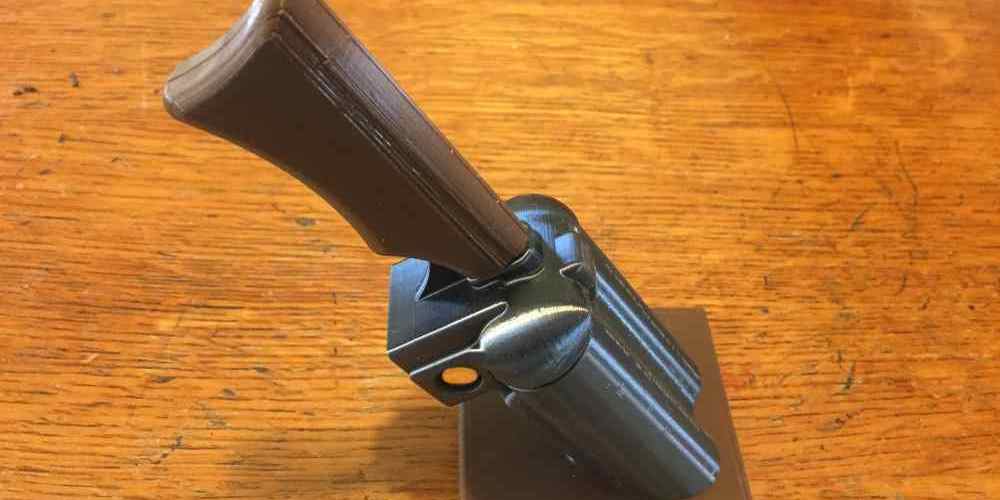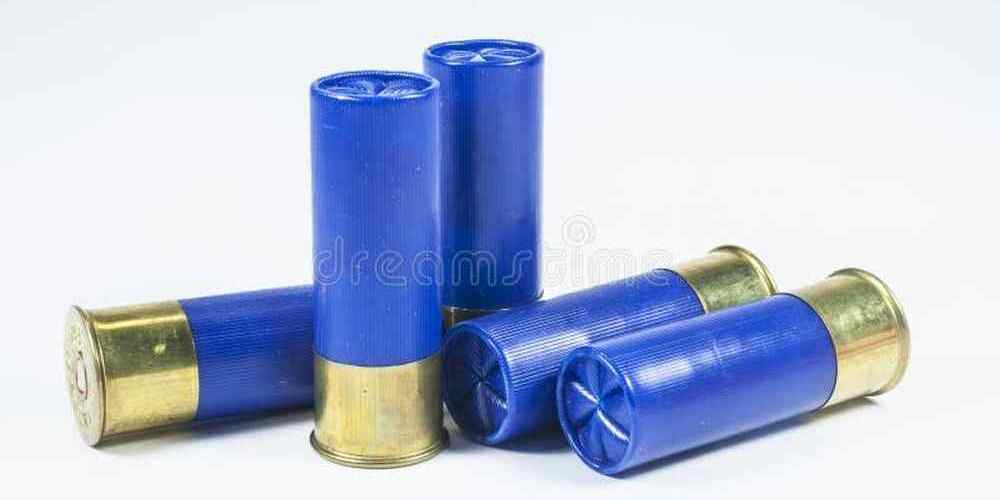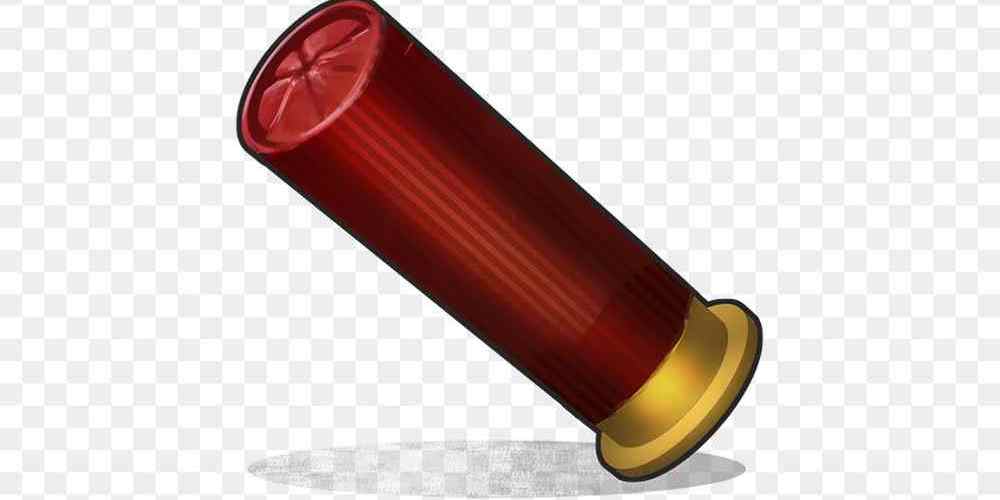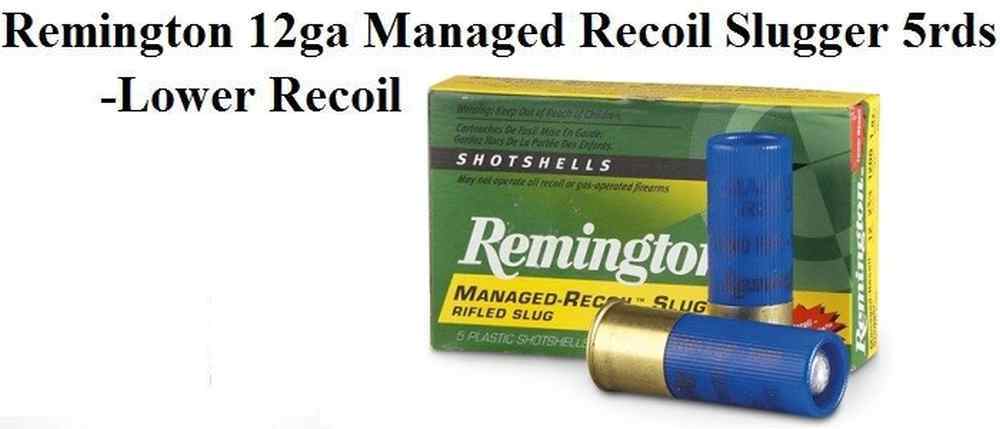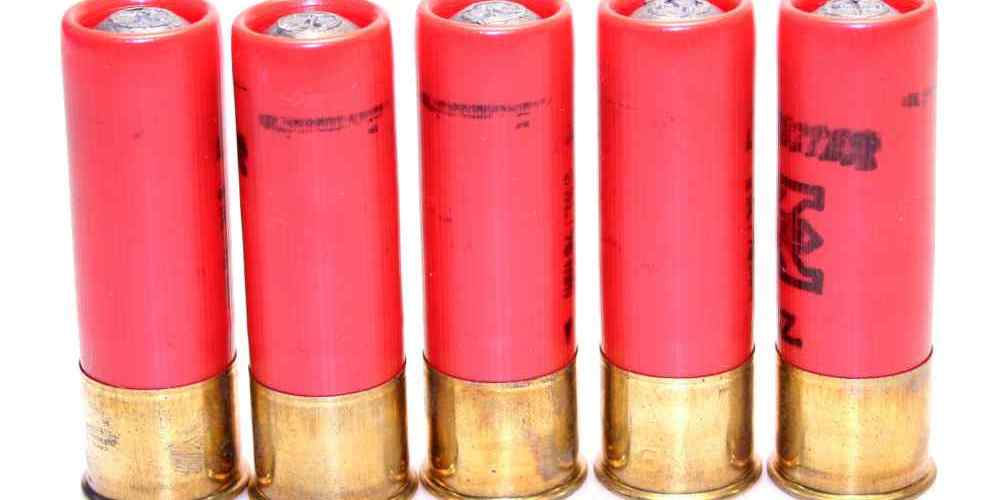“Waterfowl Wonders: Unleash Precision & Power for Every Duck Hunt”
Understanding Shot Sizes: Choosing the Right Load for Different Duck Species
Waterfowl Wonders: The Best Shotgun Loads for Duck Hunting
When it comes to duck hunting, selecting the right shotgun load is as crucial as the skill of the hunter. Understanding shot sizes and choosing the appropriate load for different duck species can make the difference between a successful hunt and a day spent watching birds fly by untouched. The key to this selection lies in a balance between sufficient power to ensure a clean, ethical kill and the conservation of the delicate wetland ecosystems where these birds thrive.
Shot sizes for duck hunting typically range from #2 to #6, with each size designed to offer a unique balance of range and pellet energy. Larger shot sizes, like #2 or #3, are ideal for larger ducks such as mallards or pintails, which have more robust bodies. The larger pellets provide the necessary energy to penetrate the dense feathers and reach the vital organs, ensuring a quick and humane kill. Moreover, these larger pellets maintain their energy over greater distances, making them suitable for hunters shooting at ducks flying at higher altitudes.
Conversely, smaller shot sizes, such as #4 to #6, are better suited for smaller duck species like teal or wood ducks. These diminutive birds require less energy for a clean kill, and the higher pellet count in a smaller shot size increases the likelihood of hitting the target. The dense pattern created by these smaller pellets is particularly effective at close range, where precision is paramount to avoid unnecessary wounding of the birds.
Another critical factor to consider is the type of habitat in which the hunting occurs. In open water scenarios, where shots are typically longer, a heavier load with larger shot may be necessary to reach out and touch downrange ducks. However, in more confined spaces, such as flooded timber or marshlands, where shots are closer and quick reflexes are needed, a lighter load with smaller shot can provide a more effective spread, increasing the chances of a successful shot without over-penetration.
Steel shot has become the standard in waterfowl hunting due to environmental concerns associated with lead shot. Steel is less dense than lead, meaning that steel pellets of the same size will have less energy. To compensate for this, many hunters opt for larger shot sizes or increased velocities when using steel shot. It’s important to match the load to the capability of the shotgun, as older firearms may not be designed to handle the pressures of modern, high-velocity steel loads.
Beyond steel, there are other non-toxic shot alternatives such as bismuth and tungsten-based loads. These materials are denser than steel, allowing for smaller shot sizes that still maintain the energy needed to ensure ethical kills at reasonable distances. While these options tend to be more expensive, they can offer a performance closer to that of traditional lead shot, which some hunters may prefer.
In conclusion, the art of choosing the right shotgun load for duck hunting is a blend of understanding the quarry, the environment, and the limitations of the ammunition. By carefully considering the size and species of ducks being hunted, as well as the specific conditions of the hunt, waterfowlers can select the most effective loads to ensure a successful and responsible harvest. Whether opting for the punch of larger pellets or the dense patterns of smaller ones, the informed hunter can enjoy the thrill of the hunt while respecting the natural beauty and sustainability of the waterfowl populations.
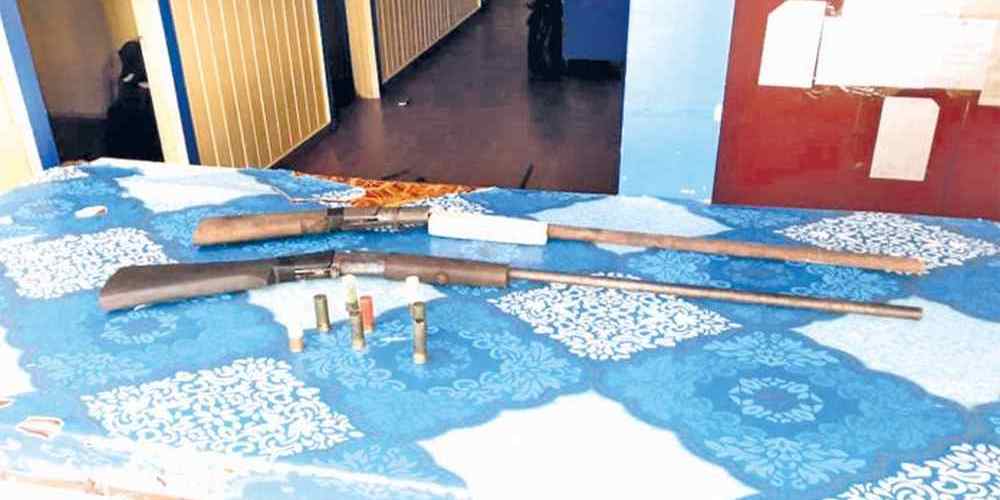
Steel vs. Bismuth: Comparing Performance and Environmental Impact
Waterfowl Wonders: The Best Shotgun Loads for Duck Hunting
When it comes to duck hunting, the choice of shotgun load is pivotal not only for a successful hunt but also for the conservation of the environment. In recent years, the debate between using steel versus bismuth shot has gained traction among hunting enthusiasts. Both materials have their unique advantages and drawbacks, and understanding these can help hunters make informed decisions that align with their hunting goals and environmental consciousness.
Steel shot, the more widely used and economical option, has been the standard since the ban on lead shot for waterfowl hunting in the United States in 1991. Its primary advantage lies in its affordability and availability. Steel is significantly harder than lead, which means it maintains a straighter trajectory and can achieve higher velocities. This results in a more consistent pattern and potentially cleaner kills at longer ranges. However, steel’s hardness can also be a drawback. It can cause increased wear on shotgun barrels not specifically designed for steel shot, and its performance can be less than optimal at shorter ranges due to its tendency to pattern tightly.
Conversely, bismuth shot emerges as a premium alternative, boasting characteristics closer to the traditional lead shot without the toxic environmental impact. Bismuth is softer than steel, which allows it to deform upon impact, creating a wider spread that can be more forgiving for hunters. This property makes bismuth an excellent choice for shooting over decoys or in close-range scenarios where a broader pattern is beneficial. Additionally, bismuth is safe to use in older, classic shotguns that might be damaged by steel shot, thus preserving the heritage and value of such firearms.
The environmental impact of these two materials is also a significant factor to consider. Steel shot, being non-toxic, is a much more environmentally friendly option compared to traditional lead shot. It poses no risk of poisoning waterfowl or other wildlife that may ingest spent pellets. Bismuth, too, is non-toxic and safe for the environment, offering a responsible choice for conservation-minded hunters. Its similarity to lead in density and softness means that it can be used as a direct replacement without compromising on performance or the well-being of the ecosystem.
When comparing the performance of steel versus bismuth, it’s essential to consider the specific hunting conditions and the type of waterfowl being targeted. Steel shot may require hunters to adjust their shooting technique, aiming for more precise shots at the head and neck of the bird to ensure a humane kill. Bismuth’s softer quality and denser mass mean that it can deliver more energy on impact, potentially resulting in quicker and more humane kills, especially when targeting larger or tougher birds.
Ultimately, the choice between steel and bismuth shot comes down to a balance of personal preference, performance requirements, and environmental considerations. Hunters seeking an economical and environmentally safe option may lean towards steel, while those willing to invest a bit more for potentially better performance and versatility might opt for bismuth. Both materials offer viable solutions for modern waterfowl hunting, ensuring that the tradition can continue sustainably for generations to come.
In conclusion, whether you choose steel or bismuth shot for your next duck hunting adventure, it’s crucial to practice with your chosen load to understand its characteristics and how it patterns with your shotgun. By doing so, you’ll not only increase your chances of a successful hunt but also contribute to the preservation of the delicate wetland ecosystems that are home to the waterfowl we cherish.
The Hunter’s Guide to Hevi-Shot: Benefits for Waterfowl Hunting
Waterfowl Wonders: The Best Shotgun Loads for Duck Hunting
When it comes to duck hunting, the choice of shotgun load is as critical as the hunter’s stealth and precision. The quest for the perfect shot has led many hunters to Hevi-Shot, a type of non-toxic shot that has revolutionized waterfowl hunting with its superior performance. Understanding the benefits of Hevi-Shot can significantly enhance a hunter’s experience in the field, ensuring that each pull of the trigger counts.
Hevi-Shot, as the name suggests, is a heavier-than-lead shot made from a blend of tungsten, nickel, and iron. This density advantage translates into more energy downrange, which is a game-changer for waterfowl hunters. The increased mass means that Hevi-Shot can maintain velocity better than traditional steel loads, resulting in tighter patterns and more knockdown power at greater distances. This is particularly beneficial when targeting ducks that are flying high or are on the far edge of the decoy spread.
Moreover, the ballistic superiority of Hevi-Shot is evident in its ability to deliver a lethal punch without requiring a larger shot size. This means hunters can use smaller pellets that create denser patterns, increasing the likelihood of hitting vital areas on the bird. The dense patterns also reduce the number of cripples, ensuring a more ethical hunt. With Hevi-Shot, hunters can be confident that they are maximizing their chances of a clean harvest, which is not only more humane but also reduces the time and effort spent on retrieving wounded birds.
Another advantage of Hevi-Shot is its environmental friendliness. Since it is non-toxic, it eliminates the risk of lead poisoning in waterfowl and other wildlife, an issue that has plagued many ecosystems where hunting occurs. This aspect is not only beneficial for conservation efforts but also aligns with the increasing regulations that prohibit the use of lead shot in many wetland areas. By choosing Hevi-Shot, hunters are not only improving their performance but also contributing to the preservation of the habitats they enjoy.
Transitioning to Hevi-Shot does require some adjustments, particularly in terms of choke selection and shot size. Because of its density, Hevi-Shot can produce tighter patterns, which means that hunters may need to opt for a more open choke than they would typically use with steel shot. Additionally, the increased effectiveness of the shot allows for the use of smaller sizes, which can be a departure from what many are accustomed to with traditional loads. It’s important for hunters to spend time patterning their shotguns with Hevi-Shot to understand its characteristics and to fine-tune their equipment for optimal performance.
In conclusion, the benefits of Hevi-Shot for waterfowl hunting are clear. Its density and energy retention enhance range and lethality, while its non-toxic properties support environmental conservation. Hunters who invest in understanding and adapting to Hevi-Shot will find that it can significantly improve their success rates and overall hunting experience. As with any change in equipment, it’s essential to practice and become familiar with the nuances of these high-performance loads. By doing so, hunters can fully appreciate the wonders of waterfowl hunting with the best shotgun loads at their disposal.
Load Selection: Balancing Pattern Density and Knockdown Power for Ducks
Waterfowl Wonders: The Best Shotgun Loads for Duck Hunting
When it comes to duck hunting, selecting the right shotgun load is as crucial as the hunter’s stealth and precision. The quest for the perfect balance between pattern density and knockdown power is a nuanced affair, one that requires a deep understanding of the interplay between shot size, velocity, and the distance at which ducks are typically engaged. In this exploration of shotgun loads, we’ll delve into the technical aspects that make for an effective waterfowl ammunition choice, all while maintaining a friendly tone to guide both novice and experienced hunters through the intricacies of load selection.
Pattern density, the measure of how many pellets hit a target area at a certain range, is a critical factor in ensuring a clean and ethical kill. A dense pattern increases the likelihood of hitting vital areas, but achieving this requires careful consideration of shot size. Smaller shot sizes, such as #6 or #7, offer more pellets per load, which can create a denser pattern. However, they may lack the necessary energy to bring down ducks at longer ranges. Conversely, larger shot sizes, like #2 or #3, pack more punch but offer fewer pellets, potentially leading to sparser patterns.
Moreover, the choice of steel versus lead shot plays a pivotal role in this balancing act. Since the ban on lead shot for waterfowl hunting due to its environmental toxicity, steel has become the standard. Steel shot is lighter and harder than lead, which means it travels at higher velocities but can lose energy more quickly. This characteristic necessitates a shift in strategy; hunters must opt for slightly larger steel shot sizes compared to lead to maintain effective knockdown power.
Velocity is another key component in the equation. High-velocity loads can extend the range at which ducks can be effectively hunted, as the increased speed helps the shot maintain energy over distance. However, this comes with a trade-off. Faster shot can lead to more pronounced pellet deformation, which adversely affects pattern density. Additionally, high-velocity loads often result in increased recoil, which can affect shooter comfort and follow-up shot accuracy.
The distance at which ducks are typically engaged is the final piece of the puzzle. Close-range shooting, within 20 to 30 yards, might allow for the use of smaller shot sizes and lower velocities, as the need for extreme knockdown power is lessened. In contrast, hunters shooting at ducks 30 yards away or more will likely benefit from larger shot sizes and higher velocities to ensure that sufficient energy is delivered on target.
In practice, a middle-ground approach often yields the best results. A #4 steel shot is a popular choice among duck hunters, offering a good compromise between pattern density and knockdown power. It’s large enough to retain energy at moderate ranges but small enough to provide a dense pattern. Pairing this with a moderate velocity, around 1,400 to 1,500 feet per second, strikes a balance that can handle a variety of hunting scenarios.
Ultimately, the best shotgun load for duck hunting is one that aligns with the hunter’s specific needs, taking into account the typical engagement distances and environmental conditions. Experimentation with different loads and patterns is essential, as is spending time at the range to understand how these variables affect shot performance. By carefully considering the interplay between pattern density and knockdown power, hunters can equip themselves with the ammunition that will lead to successful and responsible waterfowl hunting experiences.
Expert Tips for Customizing Shotgun Loads for Variable Waterfowl Conditions
Waterfowl Wonders: The Best Shotgun Loads for Duck Hunting
As the first light of dawn breaks over the marshes and the distant calls of waterfowl fill the air, duck hunters know that the right shotgun load can make all the difference between a successful hunt and a story about the one that got away. Customizing shotgun loads for variable waterfowl conditions is both an art and a science, requiring a deep understanding of the environment, the behavior of the birds, and the capabilities of one’s equipment.
When preparing for a duck hunting expedition, it’s essential to consider the size and type of the waterfowl you’re targeting. Ducks such as teal are smaller and typically require a smaller shot size, such as #4 to #6, to ensure a clean harvest without excessive damage to the bird. On the other hand, larger waterfowl like geese demand a larger shot size, often between #1 to #3, to penetrate their robust feathers and down.
The distance at which you expect to engage the ducks is another critical factor influencing your choice of shotgun load. For close-range shooting in tight marshes or timber areas, where shots are typically within 30 yards, a load with a higher pellet count and a more open choke, such as improved cylinder or modified, can increase your chances of hitting a swiftly moving target. Conversely, for long-range shooting in open water or fields, where shots can extend beyond 40 yards, a tighter choke like full or modified, paired with a load that retains energy over distance, such as a high-velocity load with fewer but larger pellets, is advisable.
Weather conditions also play a pivotal role in load selection. On calm days with little wind, lighter loads can be effective as ducks tend to fly lower and slower, making them easier targets. However, when the wind picks up, heavier loads with more powder can help maintain pellet velocity and trajectory, giving you the edge you need to reach those high-flying birds battling the breeze.
The choice of steel versus other non-toxic shot materials is another consideration for the environmentally conscious hunter. While steel is the most common and affordable option, it’s also less dense than traditional lead shot, meaning it loses energy faster. Alternatives like bismuth or tungsten-based shots offer a denser composition, which translates to better energy retention and lethality at longer ranges, albeit at a higher cost.
Moreover, the shot pattern is a crucial aspect of customizing your load. A dense, even pattern increases the likelihood of a clean kill, and this can be influenced by the wad design in the shotgun shell. Advanced wad designs can help maintain a tighter pattern over longer distances, which is particularly useful when hunting wary, late-season ducks that tend to keep their distance.
In conclusion, there is no one-size-fits-all solution when it comes to the best shotgun loads for duck hunting. The savvy hunter must weigh various factors such as target species, expected shooting range, weather conditions, and environmental considerations. By meticulously selecting the appropriate shot size, load weight, and choke combination, hunters can tailor their approach to the day’s conditions, ensuring that each pull of the trigger has the best chance of resulting in a successful and ethical harvest. Remember, the key to waterfowl wonders lies in the details of your shotgun load customization, so take the time to understand and adapt to the ever-changing scenarios presented by the wild and wondrous world of duck hunting.



